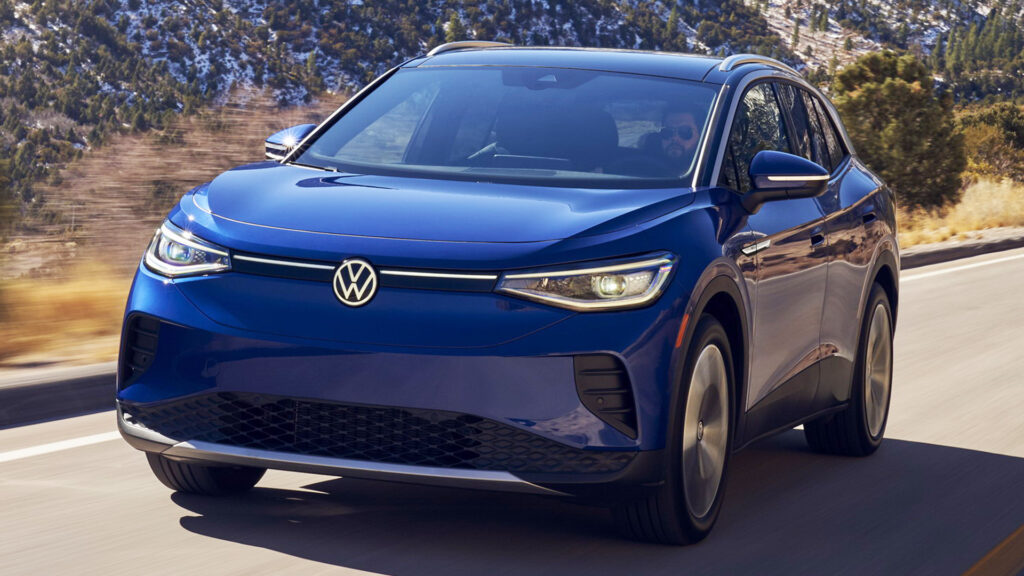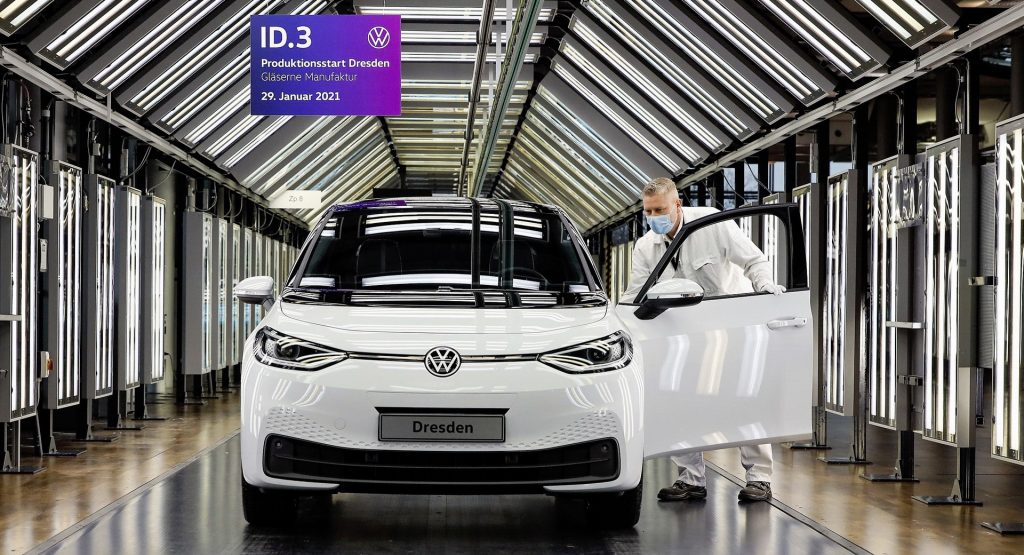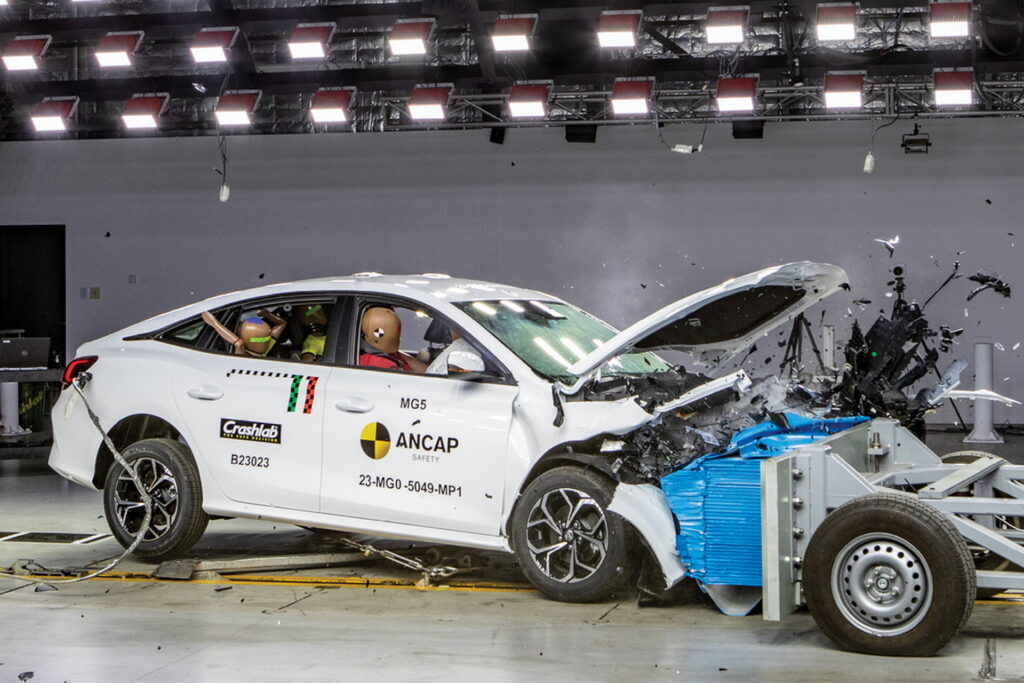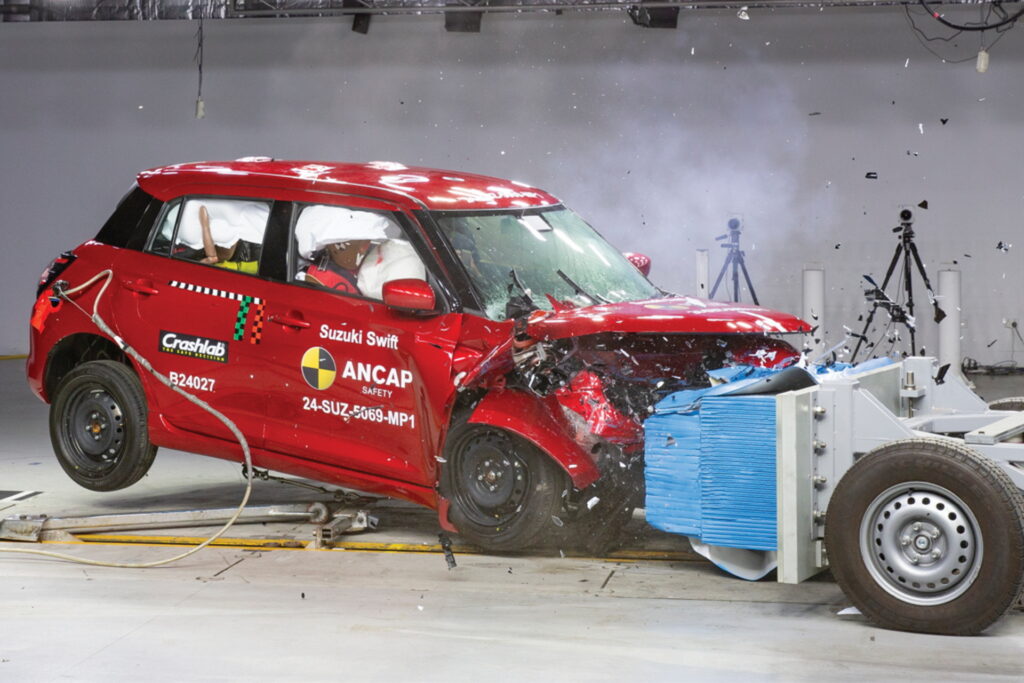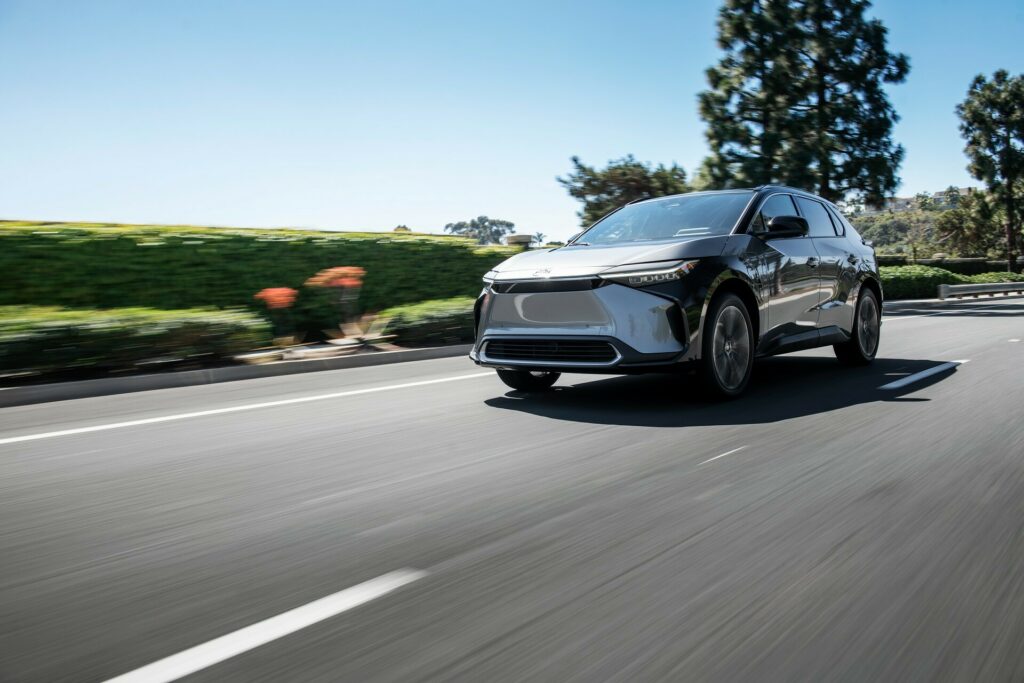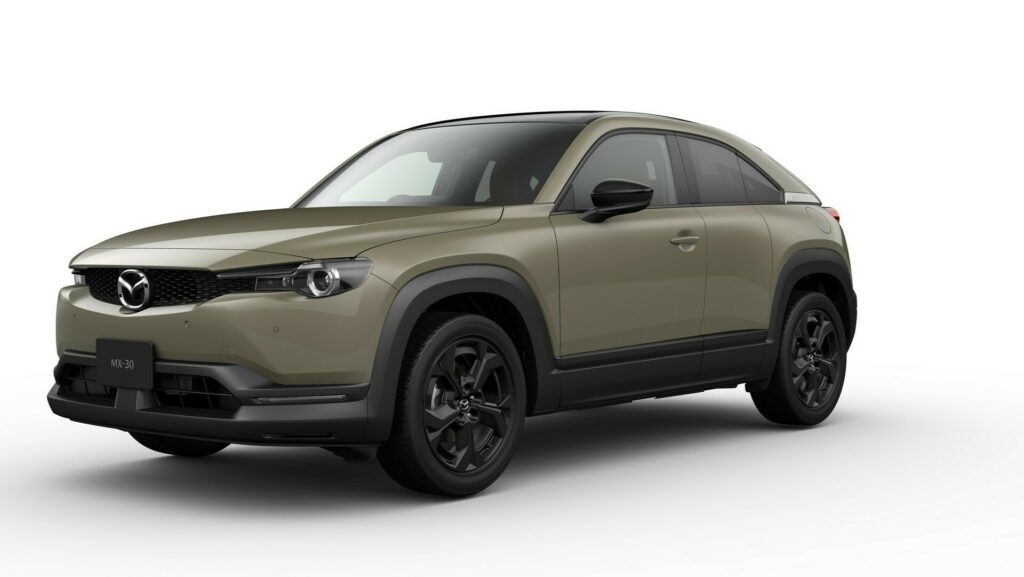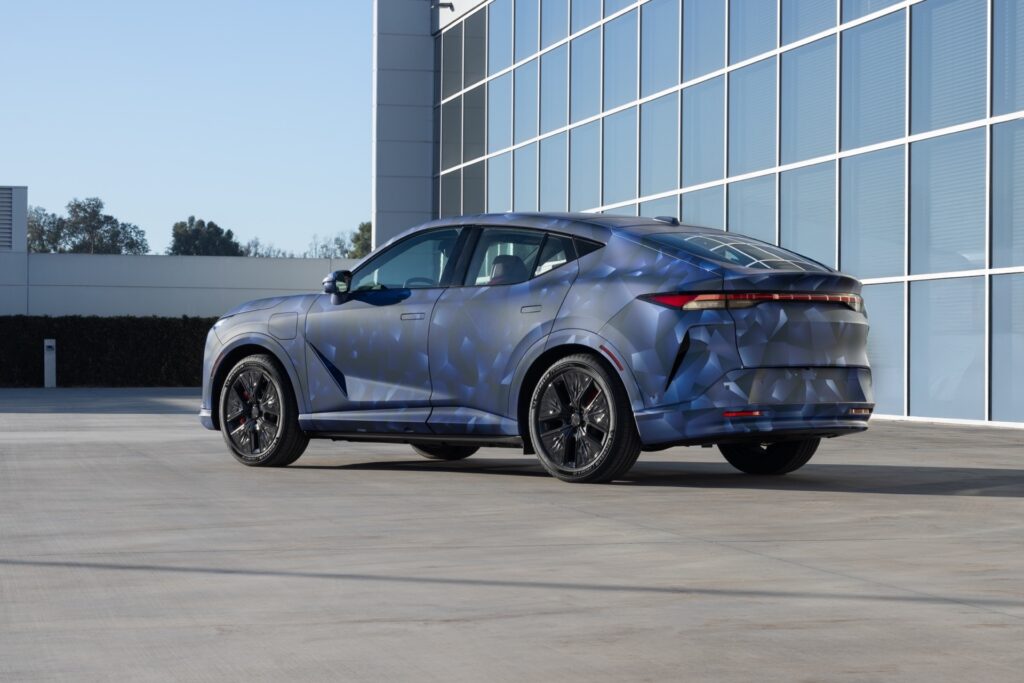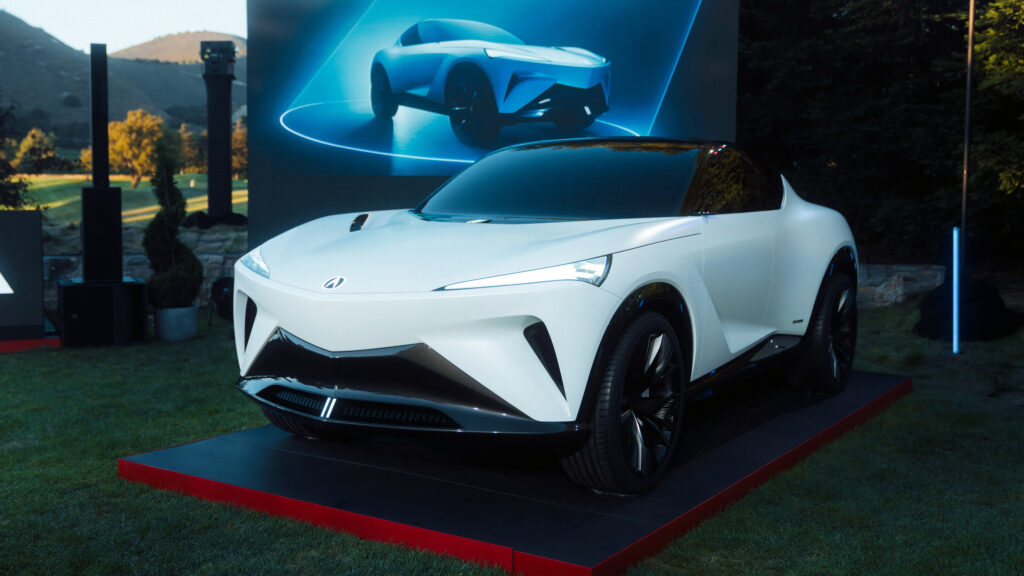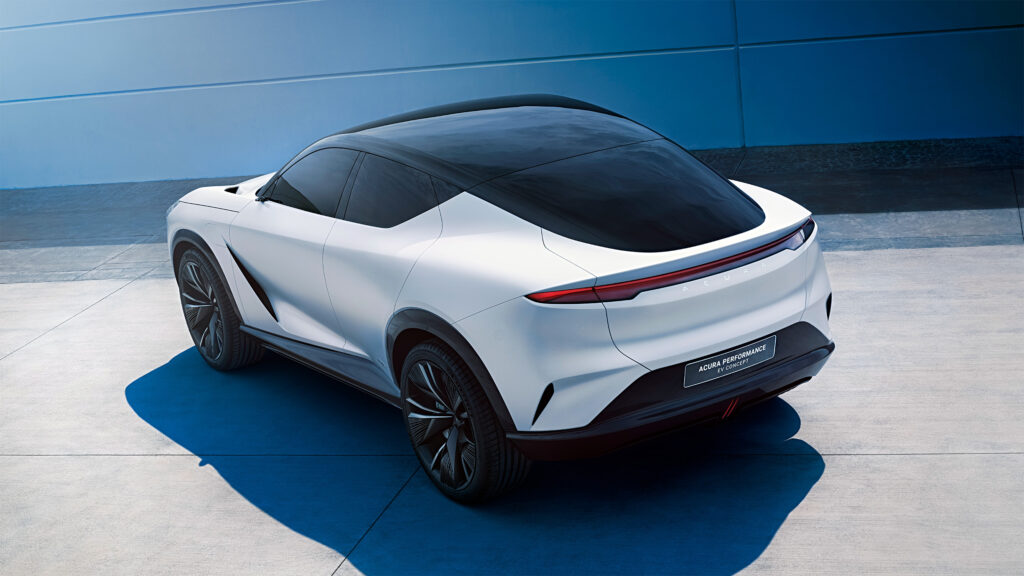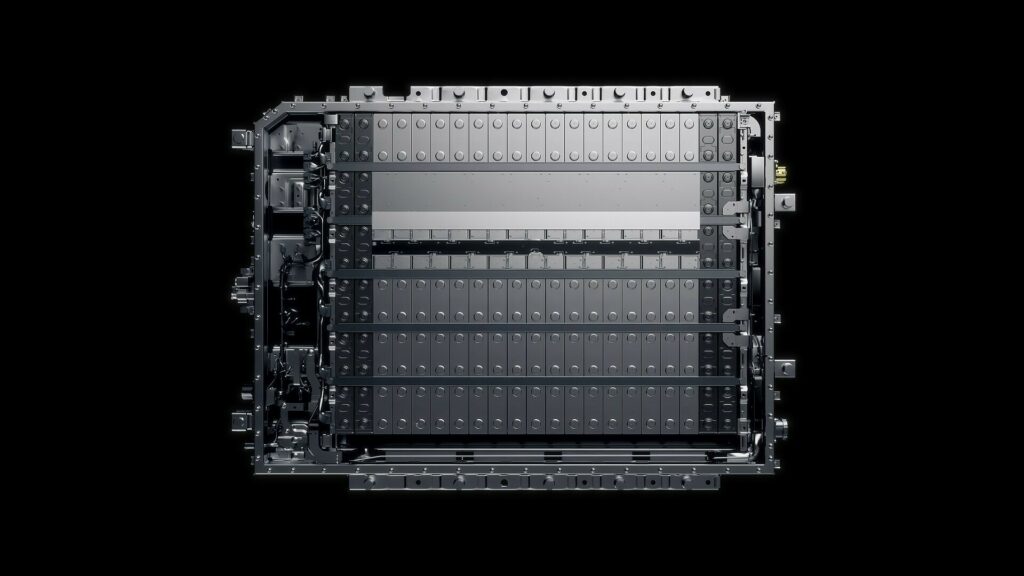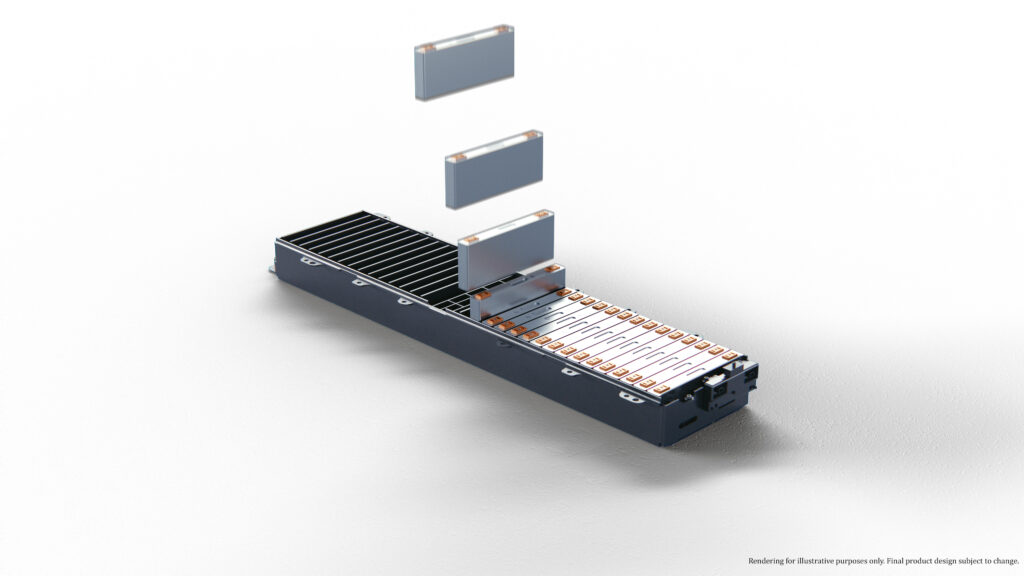BMW Vision Vehicle Is Our Best Look Yet At The iM3 Neue Klasse
- BMW says the Vision Vehicle won’t go into production but will serve as a rolling tech testbed.
- It produces up to 13,269 lb-ft of torque (likely at the wheels) and showcases advanced controls.
- The “Heart of Joy” unit integrates key vehicle functions to create a seamless driving experience.
BMW wants you to remember this concept as its “Heart of Joy” demonstrator, but for all intents and purposes, the Vision Driving Experience is more than just a cheesy prototype. It’s our best look yet at what the Bavarian brand has in store for us over the next few years with its Neue Klasse series of vehicles—both in design and underlying technology.
Yes, the company is quick to point out that the four-door “Vision Vehicle” is not destined for production, but there’s no denying that it looks suspiciously close to what we believe will become the next electric 3-seriess—likely adopting the i3 nameplate, much like the i5 and i7 models. And, with production of the first Neue Klasse-based car metaphorically around the corner (production of the iX3 starts later this year), it would be safe to assume that the Vision Vehicle gives us more than just a hint of the future.
Future Cars: Everything We Know About The 2027 BMW 3-Series With Neue Klasse Styling
But if it’s not strictly a production prototype, then what is it? Well, BMW says it’s a rolling test rig being used to develop the next generation of driving dynamics tech—i.e., all the electronic gubbins that not only keep a driver safe but also ensure that the Neue Klasse’s EV architecture maintains that signature BMW feel.
It’s got some serious power underneath, too. The Vision Vehicle is supposedly capable of generating an insane 13,269 lb-ft (17,990 Nm) of torque, though that number almost certainly comes from a creative method of measurement. Much like GMC’s approach with the Hummer EV, BMW is likely reporting torque at the wheels rather than the crankshaft, where gearing amplifies the figure to headline-grabbing levels. Still, BMW insists this extreme output is all in the name of maintaining everyday drivability.
Additionally, the test car visually demonstrates how the Heart of Joy is working through displays of color on the wheels: acceleration is indicated in green, energy recuperation in blue, and braking using the friction brakes in orange.
Neue Klasse, New Feel
BMW’s strategy is to ensure that its ICE and EV products look comparable—both inside and out—but each will have a distinctive feel. To make the new EVs feel as BMW-like as possible, though, the Vision Vehicle is being employed to fine-tune that, while serving as a rolling test bed of the new tech’s endurance.
That Heart of Joy control unit is in charge of the drivetrain, brakes, charging, energy recuperation, and steering. The boffins want everything to work as seamlessly as possible, and computing power is said to be ten times faster than it was before. That means millisecond changes of the vehicle’s parameters.
BMW says that a big part of this new tech is bringing the drivetrain and braking units under one roof of control. This increases sustainability thanks to less reliance on conventional brakes, a great percentage of energy recuperation, and a 25 percent increase in efficiency. In fact, BMW claims that the “brakes” will only be needed in an emergency stop situation, with regen taking care of the rest.
Clinical By Design
That’s the sustainability part out of the way. But BMW wants you to focus on the fact that having all these parameters communicate and be controlled by its “superbrain,” there are new levels of handling prowess unlocked, previously unreachable by the segregated systems.
See Also: BMW’s Neue Klasse Design Is Coming To All ICE Models
Drivers will need fewer driving inputs, with “exceptional levels of precision” and much greater levels of traction. Then, when you’re not feeling enthusiastic, the car’s direct signals will assist with low-speed driving, where Active Cruise Control, the parking brake, Auto Hold, and start-stop all sort of merge into each other.
More: BMW i3 Neue Klasse Sedan Spied For The First Time
But it all sounds rather clinical. With EVs already taking a certain amount of theatre away from the experience, the Heart of Joy superbrain sounds dangerously close to robbing drivers of any fun. BMW’s description of the driving experience being “Harmonious and Noiseless” at any speed doesn’t fill us with confidence either. An assured feel and exceptional corners abilities are alluded to — but neither of those are what we’d call fun.
Of course, it’ll be some time before we get to try it out for ourselves, and the in-house development does sound impressive on paper. But until we get behind the wheel, here’s hoping the engineers have managed to dial in some of that traditional old-school “Ultimate Driving Machine,” feel into the Neue Klasse.



